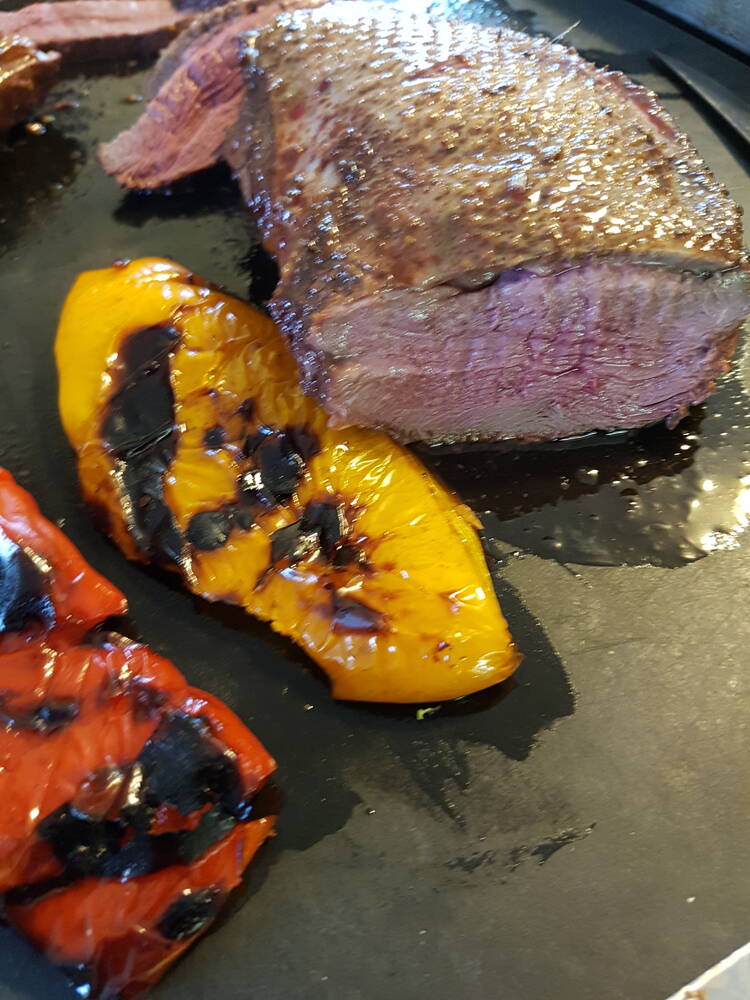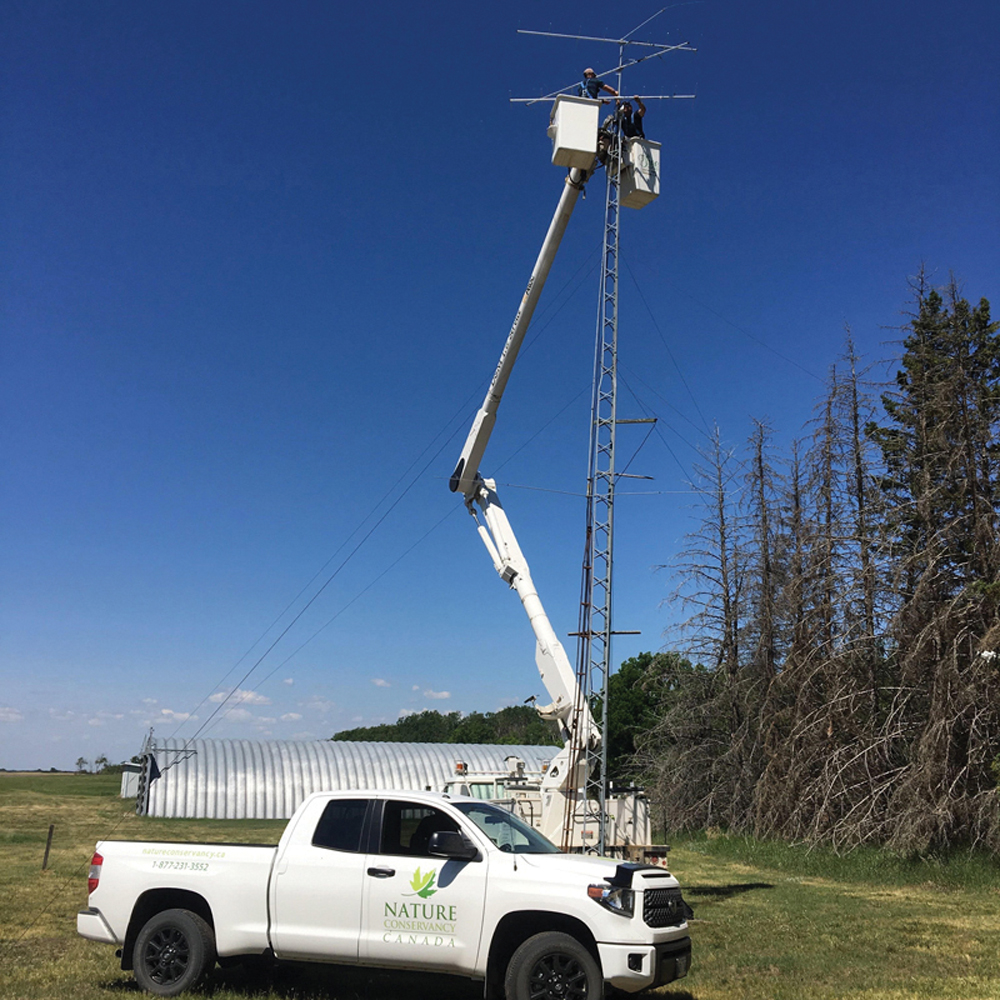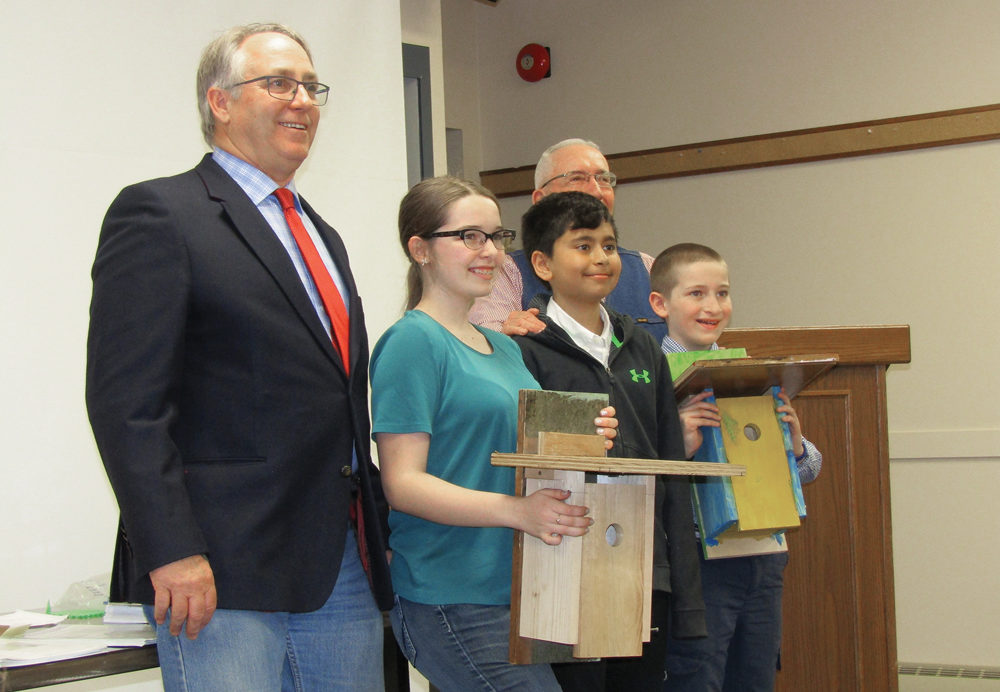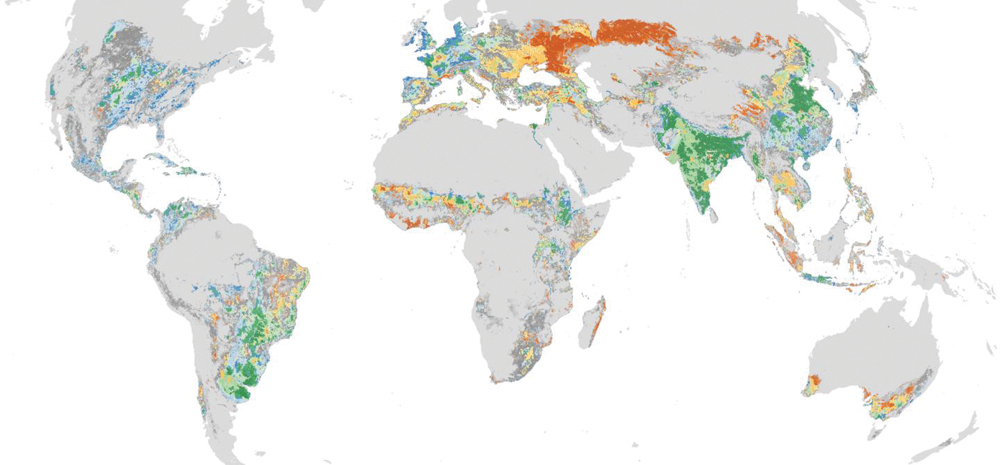Properly planned native landscapes can provide wildlife with various habitat needs. Selecting plants that provide food, cover and water can provide the needed habitat elements for many species that will visit your backyard. During the planning process wildlife habitat requirements need to be considered, and they will vary from year-round habitat for resident species to seasonal habitat for migratory species. Various types of species will visit if their requirements are provided.
The types of plants used to provide food and cover will determine the wildlife species that are attracted. Select native species that flower and bear fruit or seed at different times. Plant a variety of species including grasses, flowering forbs, shrubs and trees. Shrubs that hold their fruit into fall and winter can provide food well into the winter season. Native forbs will attract butterflies. A variety of herbaceous and woody plant materials will provide a diversity of structure for wildlife cover. Depending on the species selected, these same plants can provide cover and a food source into fall and winter. Plant in groups or clusters. Single plants of native grass, forbs or shrubs will not provide the habitat needed for wildlife. Larger groups of shrubs, grass or flowering forbs provide increased diversity, cover and food in close proximity and structural heights attractive to wildlife.
Read Also

Giant Canada geese have gone wild in Manitoba
Giant Canada geese are seemingly everywhere and can be fine table fare for local hunters, but 70 years ago, they were borderline extinct.
Food
Learn the food needs of the species you wish to attract and plant accordingly. Provide plant species that will yield a variety of foods during the year. If you wish to attract birds, plant species that retain fruit into the winter season, such as junipers, highbush cranberry, native rose species, or species that will retain seeds into the winter such as Maximilian sunflower. Native grasses also provide seeds for birds. A variety of flowering forbs attract insects and will attract birds that feed on those insects. Hummingbirds can be attracted by planting flowers with high nectar levels. Butterflies seem more attracted to purple and white flowers than yellow.
From the Alberta Farmer Express website: Great Backyard Bird Count goes global, shatters records
Cover
Wildlife species need multiple cover types located close to food to avoid predation and exposure to harsh winter elements. The type of wildlife you wish to attract will dictate the required type of covers planted. Planting native grasses and forbs will attract birds that nest on the ground and feed on small seeds and insects. Planting a variety of trees and shrubs will attract bird species that nest in woody vegetation and use fruits or nuts as food sources. Cover must be close enough to food to provide safe access for wildlife. Cover types that provide an array of vertical structure will attract a wider variety of wildlife species. Management of cover is a key component to attract wildlife. If native grasses and forbs are mowed during the primary nesting season, nesting cover is destroyed. Leave residual cover into winter to provide adequate nesting cover in spring. To provide nesting cover, native grasses should not be mowed during the nesting season from mid-April to late July and should only be mowed periodically (once every three to five years) to provide the residual cover needed for ground- or grass-nesting birds.
Water
Wildlife needs may vary. However, they all need water to survive. Some species utilize dew on plants while other species need open water. Plan for water in your backyard. If natural water is available, protect it from sedimentation and nutrient loading with grass buffers. Artificial water can be added by use of bird baths, lined ponds or construction of a clay-lined created wetland. Year-round water is important. A heated water source can attract birds to backyards. Keep water fresh, and provide logs or rocks as escape areas around deep water sources for birds and maybe even a basking turtle. Small depressions in rocks can collect water and attract butterflies.
Spring is right around the corner. Start planning now and be prepared to get your yard ready to enjoy the wildlife it will attract. A copy of the book with pictures and diagrams can be found here (pdf file may take a few moments to load).



















